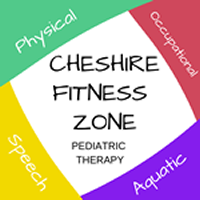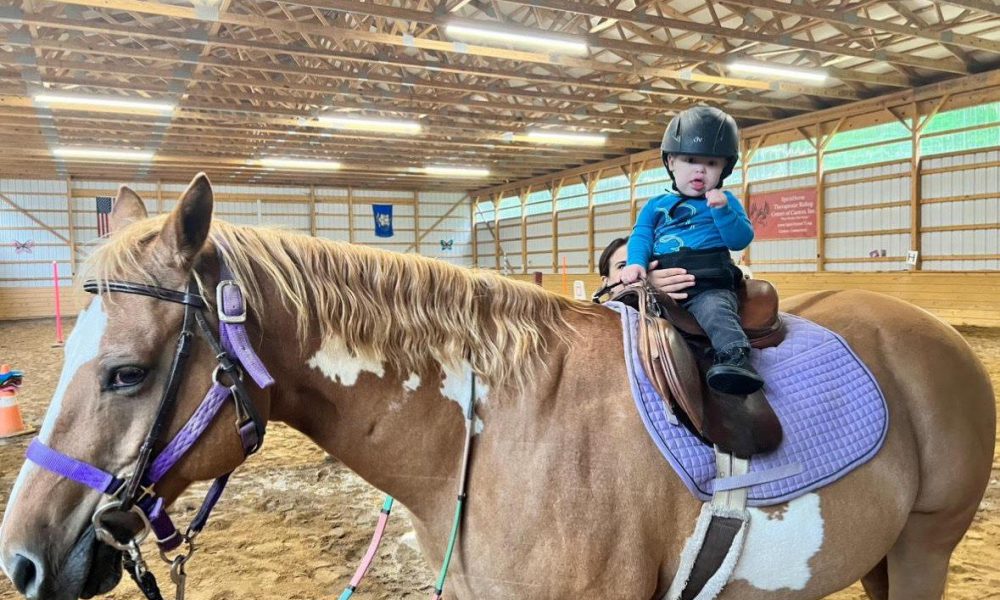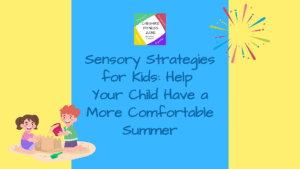Quick Guide to Pediatric Hippotherapy
Hippotherapy incorporates the gentle and rhythmic movements of horses to address various physical, emotional, and developmental challenges in children. This blog aims to provide parents with a comprehensive understanding of hippotherapy and shed light on its numerous benefits for pediatric patients.
What is Hippotherapy?
Hippotherapy is a therapeutic intervention that utilizes the movement of a horse as a treatment strategy under the guidance of trained therapists.
It is not about horseback riding for recreation; instead, the horse’s natural gait is harnessed to stimulate specific physical and sensory responses in the rider. This dynamic approach engages the child’s core muscles, balance, and coordination, promoting improvements in motor skills and overall well-being.
Who Conducts Hippotherapy Sessions?
Hippotherapy sessions are conducted by a specially trained team comprising certified therapists, horse handlers, and, in some cases, volunteers. The therapist, often an occupational therapist, physical therapist, or speech-language pathologist, holds certifications in hippotherapy and has expertise in tailoring sessions to address the specific needs of each child.
At Cheshire Fitness Zone, our certified Physical Therapist Liana Pagano currently offers equine-assisted therapy.
Who Qualifies for Hippotherapy?
Hippotherapy can be beneficial for a wide range of pediatric conditions. Children with the following challenges may qualify for hippotherapy:
- Physical Disabilities:
– Cerebral Palsy
– Muscular Dystrophy
– Spina Bifida
- Neurological Conditions:
– Autism Spectrum Disorders
– Sensory Processing Disorders
– Attention Deficit Hyperactivity Disorder (ADHD)
- Developmental Delays:
– Gross and Fine Motor Delays
– Speech and Language Delays
- Emotional and Behavioral Challenges:
– Anxiety
– Depression
– Emotional Regulation Difficulties
- Balance and Coordination Issues:
– Hypotonia (Low Muscle Tone)
– Ataxia
- Postural Control Difficulties:
– Children facing challenges with balance and posture can benefit from the core-strengthening effects of hippotherapy.
Assessment for Hippotherapy
It’s essential for children to undergo an initial assessment by a qualified therapist to determine their suitability for hippotherapy. The therapist will evaluate the child’s physical and cognitive abilities, as well as their emotional and behavioral needs, to create a personalized treatment plan. While hippotherapy is a versatile and inclusive approach, the therapist will ensure that the child’s safety and well-being are prioritized throughout the sessions.
In conclusion, the qualifications for hippotherapy are diverse, and the therapy can be adapted to meet the unique needs of each child. If you believe your child may benefit from hippotherapy, consult with your pediatrician or a qualified therapist to explore this innovative and holistic therapeutic option.
Benefits of Hippotherapy for Pediatric Patients:
- Physical Development:
– Improved Posture and Core Strength: The rhythmic motion of the horse challenges the rider’s core muscles, leading to enhanced posture and stability.
– Increased Range of Motion: Riding prompts a range of movements, contributing to improved flexibility and joint mobility.
- Sensory Integration:
– Sensory Stimulation: The sensory-rich environment of the stable and horseback riding helps children develop sensory processing skills, fostering better awareness and responsiveness to stimuli.
- Emotional and Social Growth:
– Boosted Confidence: Successfully navigating the horse instills a sense of accomplishment, building confidence in the child’s abilities.
– Enhanced Social Skills: Interacting with the therapy team, volunteers, and fellow riders encourages social interaction, communication, and teamwork.
- Cognitive Benefits:
– Improved Concentration: The need to focus on riding tasks promotes increased attention span and concentration.
– Cognitive Engagement: Children learn to follow instructions, make decisions, and solve problems during their sessions.
- Therapeutic Bond with Horses:
– Trust Building: Working with a horse fosters a unique bond, teaching children to trust and connect with another living being.
– Emotional Regulation: The calming presence of horses can have a positive impact on emotional regulation and stress reduction.
6. A horse takes about 2,500 steps in a 30-minute session. This means the patient receives that many motor inputs in each session.
7. A horse’s pelvis mimics the human pelvis. They both have rotational, lateral (side), and anterior-posterior (forward-backward) movement. The pelvic movements of the horse are transmitted to and produce movement in the pelvis of the rider to help improve walking mechanics.
8. A horse’s movement works on postural control because of the nature of the horse’s dynamic gait. Skills develop proximal to distal, so developing strong postural control is important to developing subsequent aspects, such as fine motor control.
9. Riders receive unique visual input while they move from an elevated position. This helps strengthen their vestibular system, which also helps improve balance and coordination.
More about Cheshire Fitness Zone Hippotherapy Program:
Liana Pagano is a physical therapist who graduated from Quinnipiac University as a Doctor of Physical Therapy in 2015. She has worked in pediatrics ever since and has been with Cheshire Fitness Zone since 2018.
Liana leads Cheshire Fitness Zone’s hippotherapy program at SpiritHorse Therapeutic Riding Center of Canton on Mondays. She has participated in trainings through the American Hippotherapy Association, completed a capstone project on therapeutic riding while in grad school, has volunteered at therapeutic riding programs, enjoys horseback riding in her free time, and is passionate about helping children of all abilities, especially neuromuscular challenges.
Conclusion
Hippotherapy, with its innovative approach to pediatric therapy, goes beyond conventional methods by harnessing the therapeutic power of horses. As parents, understanding the holistic benefits of hippotherapy can help you make informed decisions about the best therapeutic options for your child. The unique combination of physical, emotional, and social benefits makes hippotherapy a valuable adjunct to traditional pediatric therapies, opening new avenues for growth and development in children facing various challenges.



